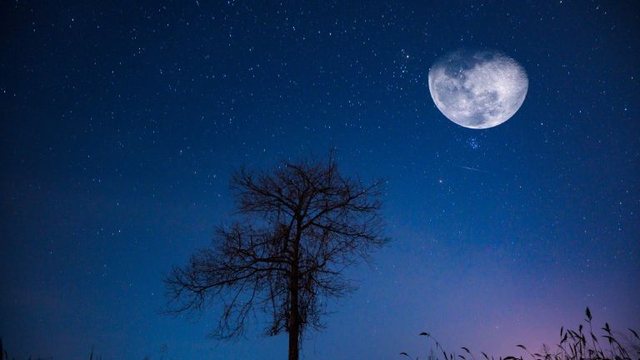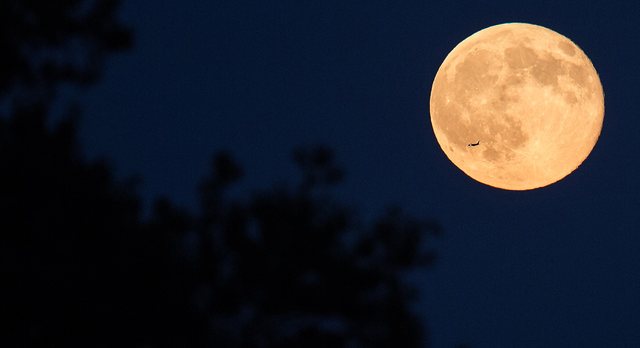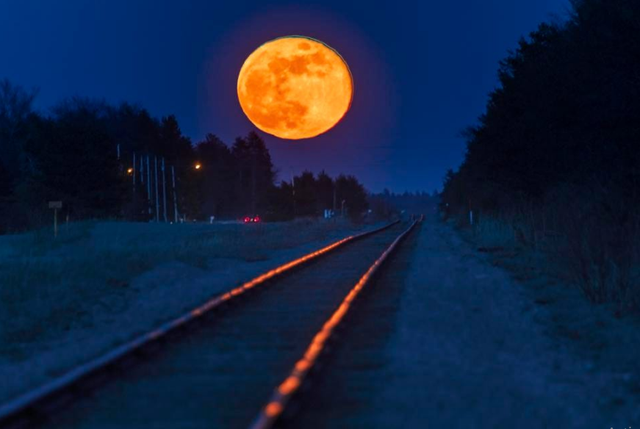
You have probably heard of "Blue Moon" and the fact that it is a rare phenomenon. Exactly tonight, August 22, the Blue Moon is expected to appear in the sky.
But what exactly is the Blue Moon?
Initially, to clarify, the moon will not look really blue tonight. Sorry to disappoint you.
The Blue Moon occurs when there are four full moons in a single season (in this case, summer), the third is considered a blue moon. Unlikely to look blue, the blue moons in photos are usually made using special blue camera filters with programs like Photoshop. But there are rare occasions when a moon takes on a blue tinge. Smoke or dust particles in the atmosphere, such as during a large volcanic eruption, can make the moon take on a blue appearance.
NASA explains that the reason for the Blue Moon is the presence of many particles wider than the wavelength of red light. It will be complete reflecting the maximum amount of sunlight tonight.

The origin of the actual phrase is shrouded in mystery. The Greenwich Observatory suggests it may be a mispronunciation of "belew," meaning "to betray," meaning the moon that deceives observers by arriving too early in the season.
Another explanation for why it is called the Blue Moon has to do with the ash of the Krakatoa volcano. From the eruption of Krakatoa volcano in Indonesia in 1883, the ash climbed to the highest extremities of the atmosphere, giving the moon a blue appearance that reportedly lasted for two years.
There are many other explanations related to the origin of the term "Blue Moon".
However, we suggest you make the most of the August Blue Moon, because the phenomenon will not be repeated for some time. You do not need any equipment to see the full moon, but a pair of binoculars will give you an extraordinary view of the lunar surface.






